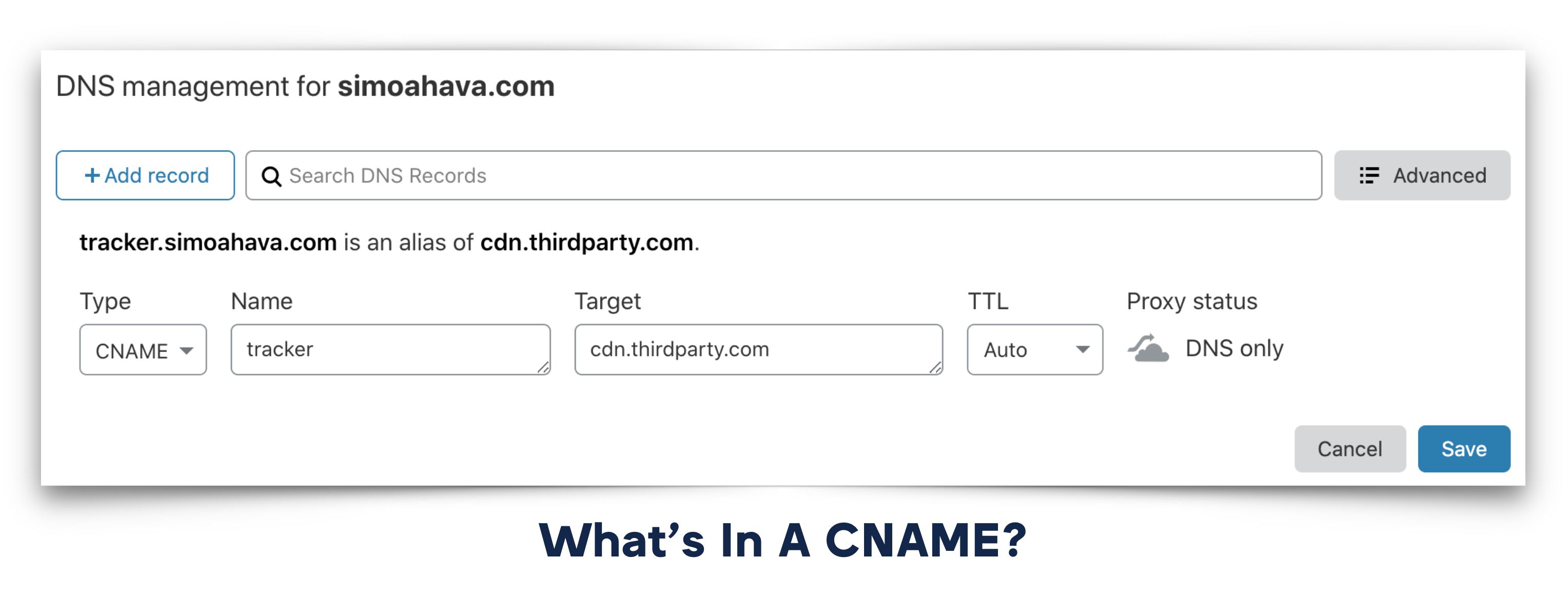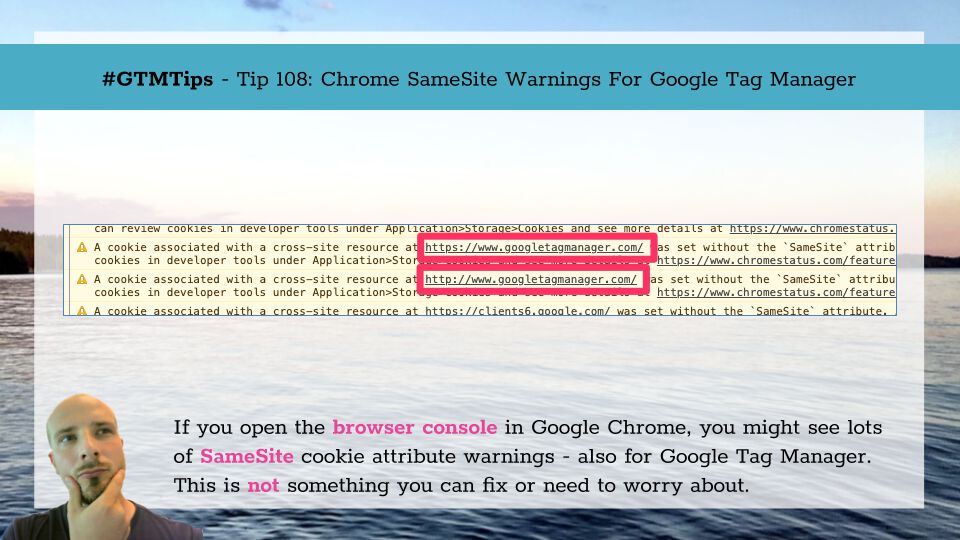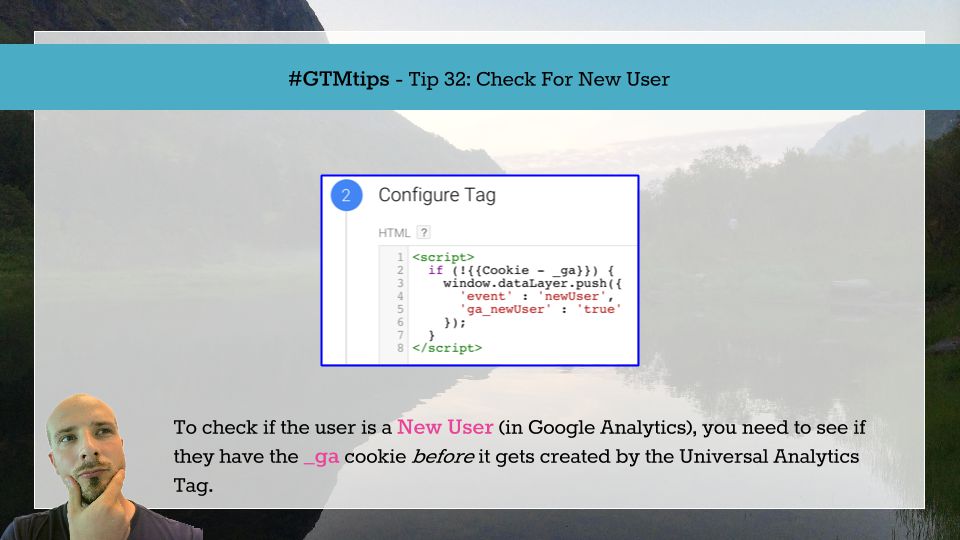If you recall, in February 2019, Apple published a post on the WebKit blog, which introduced version 2.1 of their Intelligent Tracking Prevention browser mechanism.
In this version, Safari (and soon all WebKit browsers, including browser apps on iOS and iPadOS) placed an expiration limit on browser cookies set with JavaScript. It was no longer possible to set the expiration date further than 7 days in the future.
In a recent 2022 release (I don’t have the exact date or version number), WebKit has now modified this mechanism to no longer set an expiration cap on JavaScript cookies.







